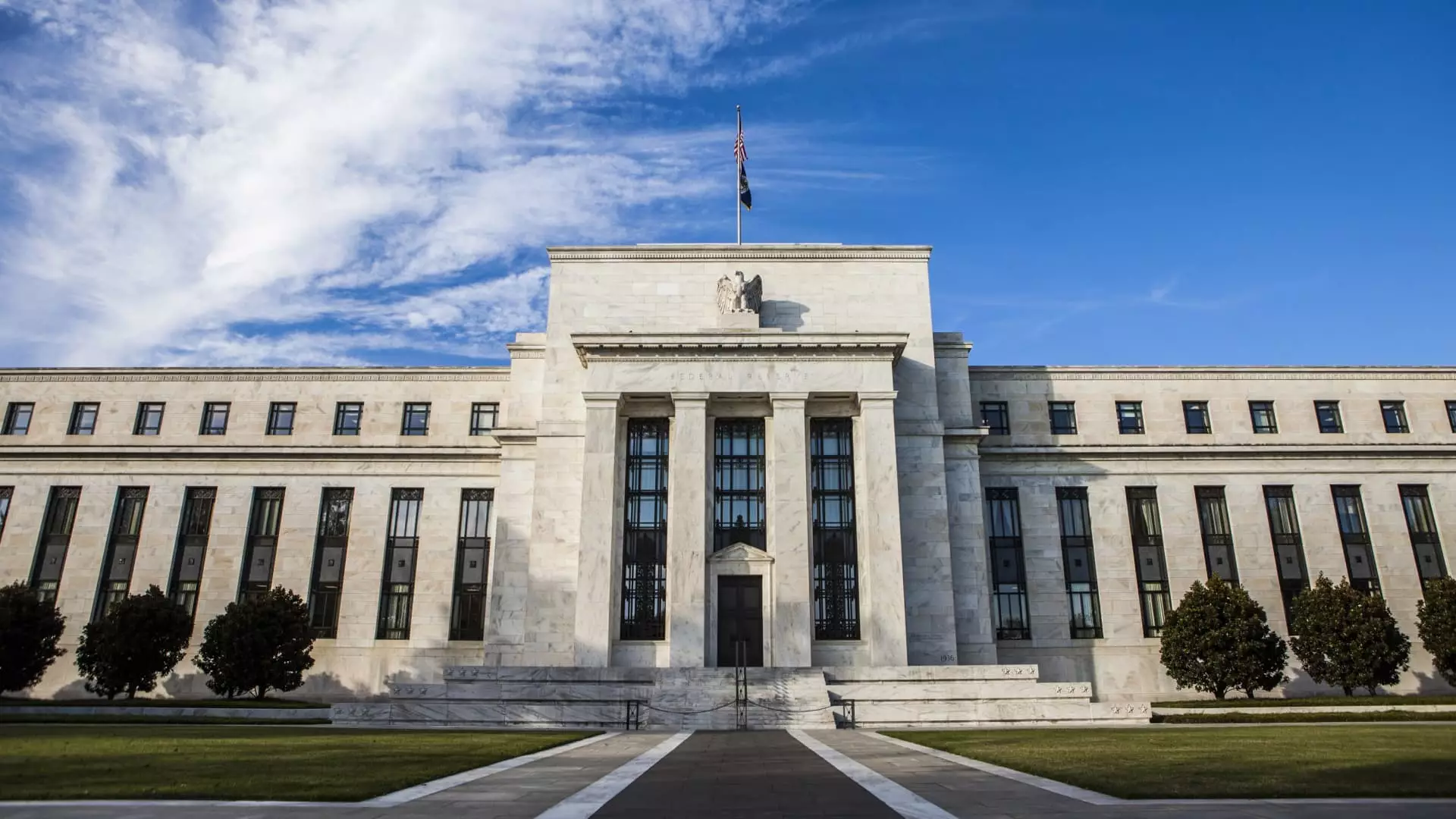In the face of looming economic challenges, the Federal Reserve (Fed) is anticipated to maintain its current interest rates during their upcoming two-day meeting. Despite this expected decision, former President Donald Trump recently declared a strong demand for immediate rate reductions, emphasizing his belief that elevated interest rates are contributing to the country’s economic distress. This article examines the broader implications of the Fed’s interest rate policies and their palpable effects on the average consumer.
The Federal Reserve’s handling of interest rates is a delicate balancing act aimed at managing inflation while supporting economic growth. Following a series of aggressive rate hikes amounting to 5.25 percentage points between 2022 and 2023, the Fed’s current strategy appears to prioritize caution. With inflation persisting above the Fed’s 2% target, the central bank seems resolute in holding rates steady, even amidst external pressures for action. Matt Schulz, the chief credit analyst at LendingTree, suggests that consumers holding out for a quick rescue from high rates may face disappointment—a sentiment underscoring the frustration felt by many.
This cautious approach arises from a comprehensive assessment of the economic landscape. While heightened interest rates are ostensibly designed to rein in inflation, they also impose significant burdens on consumers eager for financial relief. Consequently, a significant number of individuals find themselves trapped under the weight of persistent high prices and expensive borrowing costs.
The Federal Funds Rate is pivotal in the financial ecosystem; it serves as the rate at which banks extend overnight loans to each other. This rate indirectly influences the interest rates that consumers encounter, including those associated with credit cards, mortgages, and other loans. Despite a recent decrease in the Fed’s benchmark rate by one percentage point, consumer-facing credit card rates remain stubbornly high—averaging over 20%. This paradox highlights the disconnect between Fed rate cuts and the lending policies of credit card issuers, who tend to respond sluggishly to lowered rates, often escalating consumer debt crises.
A concerning statistic reveals that delinquencies on credit card payments are on the rise alongside the percentage of cardholders making only minimum payments—figures that have reached the highest levels in a decade. Schulz articulately underscores the urgency of addressing high-interest debt, which grows more critical under such financial pressures.
The mortgage sector has not escaped the tightening grip of high interest rates, even as the Fed initiates cuts. Fixed-rate mortgages, which constitute the majority of residential properties, do not adjust according to Fed policy changes, significantly complicating affordability for potential homebuyers. With mortgage rates currently hovering around 7.06% for a 30-year fixed loan, many prospective buyers find themselves sidelined, unable to traverse the affordability barriers erected by elevated borrowing costs.
Bankrate’s Greg McBride estimates that existing homeowners benefit little from recent Fed rate cuts, as their fixed-rate mortgages remain unaffected. This situation greatly influences the housing market dynamics, further chilling home sales and compounding affordability woes for first-time buyers desperately seeking solutions.
Auto loans represent another significant area of concern for consumers. With an average rate of approximately 7.47% for new car loans, borrowing costs are exacerbated by rising vehicle prices, further straining household budgets. According to Joseph Yoon from Edmunds, the prospect of gradual rate cuts in 2025 does little to alleviate current economic burdens for consumers. The interplay of high car prices and elevated interest rates foreshadows ongoing affordability challenges for those looking to purchase vehicles in a tightening credit market.
The Student Loan Landscape
Student borrowers are not immune to the repercussions of the Fed’s policies. Fixed federal student loans are unaffected in the short term, but rates for the 2024-2025 academic year have already climbed to 6.53%, exacerbating student debt burdens. Moreover, private loans—often tied to variable benchmark rates—result in fluctuating rates that can catch borrowers off guard, especially as the Fed influences broader financial markets.
Despite the ongoing hurdles associated with debt and inflation, there is a silver lining for savers. The Fed’s recent rate increases have led to a resurgence of attractive returns on high-yield savings accounts, as top-tier accounts now offer yields nearing 5%. McBride underscores that while consumers may experience challenges in borrowing, those looking to save can benefit from these inflation-beating returns for the foreseeable future.
The Federal Reserve’s steady interest rate strategy reflects a complex interplay of economic realities that profoundly impacts consumers across various financial spectrums. As the nation grapples with inflation and elevated debt, individuals and families are left navigating a landscape rife with both challenges and opportunities.


Leave a Reply